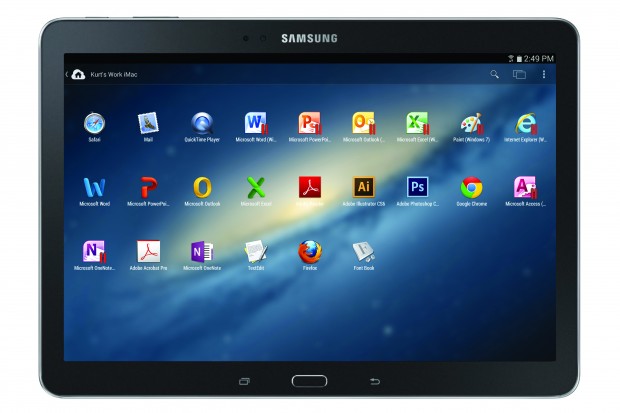The tug of war between Mac OS and Windows seems to be never-ending. But I can sense that the former has garnered more attention from users. Slowly and gradually, people are moving to Mac OS from Windows.
- Jul 20, 2017.
- Fantastical has been around for several years now, and even though it has switched to.
Though they have to face some teething troubles during the first few weeks, they get along well with the interface and other functionalities. What works for Mac OS is that once a user uses it for six months or a year, he would never come back to Windows or any other operating system.
I had experienced this feeling of awesomeness when I switched from Android to iOS. But all said and done, the desktop of Windows PC has always ruled the roost. Some of the desktop functionalities can’t be found in Mac OS, and this could be the possible reason why Windows fans stick to their ‘beloved’ operating system.
Powerful Mac apps that won't break the bank. There’s something of a misconception when it comes.
If one thing I have to appreciate about Windows is its ability to create shortcuts for applications. Users who have recently moved from Windows computer to a Mac, you must have faced this issue of placing icon shortcuts of your favorite apps.
But the good news is that Mac users can also place shortcut icons of apps they use regularly. Want to know how? Read on…
How to place app shortcut icons on your Mac desktop
First off, launch a Finder window on your Mac.
Click on Applications from the left side navigation.
Now select the app you want to create a shortcut for.
Drag the app and drop it on the desktop.
Hurray!! The shortcut icon is now created. You can follow this action to create shortcut icons for other apps as well.
Jignesh Padhiyar is the co-founder of iGeeksBlog.com who has a keen eye for news, rumors and all the unusual stuff that happens around Apple products. During his tight schedule, Jignesh finds some moments of respite to share side-splitting contents on social media.
- https://www.igeeksblog.com/author/iosblogger/
- https://www.igeeksblog.com/author/iosblogger/How to Share Purchased Apps Between iPhones and iPads
- https://www.igeeksblog.com/author/iosblogger/
- https://www.igeeksblog.com/author/iosblogger/
How to get updates for macOS Mojave or later
If you've upgraded to macOS Mojave or later, follow these steps to keep it up to date:
- Choose System Preferences from the Apple menu , then click Software Update to check for updates.
- If any updates are available, click the Update Now button to install them. Or click ”More info” to see details about each update and select specific updates to install.
- When Software Update says that your Mac is up to date, the installed version of macOS and all of its apps are also up to date. That includes Safari, iTunes, Books, Messages, Mail, Calendar, Photos, and FaceTime.
To find updates for iMovie, Garageband, Pages, Numbers, Keynote, and other apps that were downloaded separately from the App Store, open the App Store on your Mac, then click the Updates tab.
To automatically install macOS updates in the future, including apps that were downloaded separately from the App Store, select ”Automatically keep my Mac up to date.” Your Mac will notify you when updates require it to restart, so you can always choose to install those later.
How to get updates for earlier macOS versions
If you're using an earlier macOS, such as macOS High Sierra, Sierra, El Capitan, or earlier,* follow these steps to keep it up to date:
- Open the App Store app on your Mac.
- Click Updates in the App Store toolbar.
- Use the Update buttons to download and install any updates listed.
- When the App Store shows no more updates, the installed version of macOS and all of its apps are up to date. That includes Safari, iTunes, iBooks, Messages, Mail, Calendar, Photos, and FaceTime. Later versions may be available by upgrading your macOS.
To automatically download updates in the future, choose Apple menu > System Preferences, click App Store, then select ”Download newly available updates in the background.” Your Mac will notify you when updates are ready to install.
/cdn.vox-cdn.com/uploads/chorus_image/image/64828040/Screen_Shot_2019_06_24_at_10.55.53_AM.0.png)
Mac Desktop App Store
* If you're using OS X Lion or Snow Leopard, get OS X updates by choosing Apple menu > Software Update.
Mac Desktop Apple

How to get updates for iOS
Learn how to update your iPhone, iPad, or iPod touch to the latest version of iOS.
Learn more
Microsoft Remote Desktop App Mac
- Learn how to upgrade to the latest version of macOS.
- Find out which macOS your Mac is using.
- You can redownload apps that you previously downloaded from the App Store.
- Your Mac doesn't automatically download large updates when it's using a Personal Hotspot.
